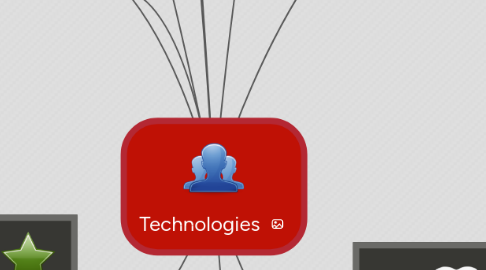
1. Content elaboration
1.1. reading the labels on food products to identify their country of origin
1.2. identifying the areas in Australia and Asia where major food or fibre plants and animals are grown or bred when designing environments for food and fibre production, for example the wheat and sheep belts, areas where sugar cane or rice are grown, northern Australia’s beef industry
1.3. exploring environments which could improve plant or animal production, for example a greenhouse, animal housing, safe bird shelters
1.4. etc.
2. Across Foundation to Year 10, achievement standards indicate the quality of learning that students should typically demonstrate by a particular point in their schooling. The sequence of achievement standards in each Technologies subject describes progress in the learning area, demonstrating a broad sequence of expected learning. This sequence provides teachers with a framework of growth and development in each Technologies subject. An achievement standard describes the quality of learning (the depth of conceptual understanding and the sophistication of skills) that would indicate the student is well-placed to commence the learning required at the next level of achievement. The achievement standards for Technologies reflect the distinctive practices of each subject along with aspects of learning that are common to all Technologies subjects. Subject-specific terminology and organisation reflect the essential characteristics of learning in each subject.
3. Aims
3.1. Understand how technologies have developed over time.
3.2. Use traditional, contemporary and emerging technologies in innovative, creative and enterprising manner.
3.3. Effectively and responsibly select and manipulate appropriate technologies, resources, materials, data, systems, tools and equipment.
3.4. Critique and evaluate technologies processes to identify and create solutions to a range of problems or opportunities.
3.5. Design, plan, manage, create, produce and evaluate technologies solutions.
3.6. Engage confidently with technologies and make informed, ethical and sustainable decisions about technologies.
4. Achievement Standard
5. Bandwiths
5.1. F-2
5.2. 3-4
5.3. 5-6
6. Content description
6.1. 4.3 Recognise the contribution food and fibre production and food technologies make to modern and traditional societies.
6.2. Knowledge and Understanding - Design and Technology (Food and Fibre production)
7. Key Ideas
7.1. Creating preferred futures.
7.2. Project management.
8. General Capabilites
8.1. Literacy
8.2. Numeracy
8.3. ICT capability
8.4. Critiical and creative thinking
8.5. Personal and social capability
8.6. Ethical understanding
8.7. Interculutural understanding
9. Cross-curricular priorites
9.1. Sustainability
9.2. Asia and Australia’s engagement with Asia.
9.3. Aboriginal and Torres Strait Islander histories and cultures
10. Curriculum Strands
10.1. Knowledge and understanding
10.1.1. Design and Technologies
10.1.1.1. The use, development and impact of technologies in people’s lives.
10.1.1.2. Design concepts across a range of technologies contexts.
10.1.1.2.1. Materials and technologies specialisations
10.1.1.2.2. Food and fibre production
10.1.1.2.3. Engineering principles and systems
10.1.2. Digital Technologies
10.1.2.1. Representation of data.
10.1.2.2. The components of digital systems: software, hardware and networks.
10.1.2.3. The use, development and impact of information systems in people’s lives.
10.2. Processes and production skills
10.2.1. Design and Technologies
10.2.1.1. Critiquing, exploring and investigating needs or opportunities.
10.2.1.2. Generating, developing and evaluating design ideas for designed solutions.
10.2.1.3. Planning, producing (making) and evaluating designed solutions.
10.2.2. Digital Technologies
10.2.2.1. Collecting, managing and interpreting data when creating information, and the nature and properties of data, how it is collected and interpreted.
10.2.2.2. Using a range of digital systems and their components and peripherals.
10.2.2.3. Defining problems and specifying and implementing their solutions.
10.2.2.4. Creating and communicating information, especially online, and interacting safely using appropriate technical and social protocols.
